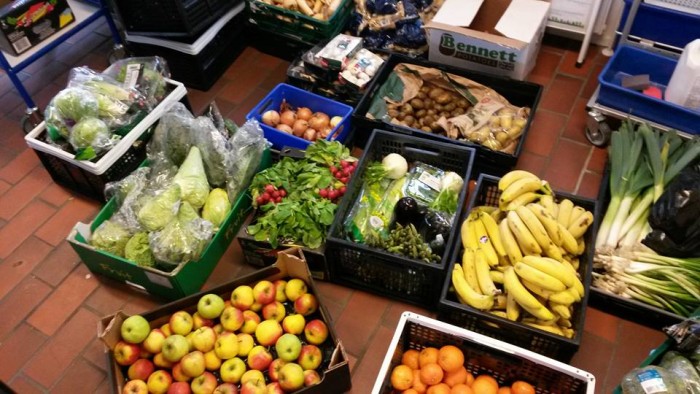
Annually, nearly 60-million tons of food produce – a third of the world’s produce – are wasted by consumers and retailers. This is largely due to the fact that the produce doesn’t meet aesthetic requirements resulting in large amounts of freshly grown produce discarded as livestock feed or hauled to the local landfill. In the US alone, recent reports cited that 50 per cent of its produce eventually turns into waste – making it the largest contributor to waste landfills. With US President Barack Obama in partnership with the UN pledging to significantly cut food waste globally by 50 per cent by 2030, forward-thinking ways to reduce waste on a daily basis has now become paramount.
Change is needed but it can only occur if the public is educated on the nutritional value of produce. A common misconception amongst consumers is that slightly blemished produce or packaging affects the nutritional value or freshness – the truth is it has little to do with its overall quality.
Waste not, want not! Denmark makes strides in limiting food waste
With more initiatives against food waste in Europe than other any country, the Danish supermarkets are a sterling example of how you can use food-wasting habits for good. Rather than bin slightly blemished produce and packaging, they saw this as an opportunity to use it as a mechanism to alleviate hunger. It is with this progressive thinking that Denmark has – since 2010 – reduced its accumulative food waste by 25 per cent!
One such food project in Denmark is Bo Welfare – a Horsens-based social housing project that runs a series of food waste pop-up shops. "We collect fruit and vegetables from local supermarkets to sell twice a week. It may be that the packaging's damaged or it's nearing its best before date, but it's still good food – so we thought, why let it go to waste?" said Bettina Bach of the organisation. “Everyone pays 20 kroner (about £2) for a reusable bag to fill with whatever they like,” says Bach.
Bach along with a group of volunteers sell to 100 to 150 locals every week. The organisation works at the grassroots level of the country’s battle against food waste. “Customers include those on benefits, refugees, low-income families – anyone really. We don’t ask their background as many people need help these days with cutbacks. There’s also a big focus on the environment in Denmark – plus we have really high taxes. Danes love to save money and if they can help the planet at the same time, it’s win-win”, she says.
From serving up cooked meals made from edible food produce to using reusable bags, Bo Welfare alongside other food waste projects has certainly embraced the concept. A concept that is feeding its citizens and paving Denmark’s food waste future.






